The impedance of a loudspeaker is rather complicated.
It is basically an inductor, so you will have L and R due to the resistance of the voice coil. R can rise quite a bit with voice coil temperature.
However this inductor is part of a motor, which is connected to a mass (the whole moving mass, coil, former, cone, etc) which is then connected to the armature by two springs (the spider and the surround). The air inside the box is also a spring, and the pressure it exerts on the cone adds to the force of the spider spring.
Since you have a mass and a spring, you have a resonant mechanical system, and the movement of the voice coil will induce a voltage back into the input. Thus we have an impedance curve like this, usually:

You should read the source of this image, it is interesting.
The large peak corresponds to the mass/spring system resonance. Note this is with the speaker mounted in a box. The frequency of the peak, will change depending on box volume, since this influences the strength of the "air spring" behind the cone. Box stuffing will also change the Q of this peak a bit.
The rise at high frequency is L.
And the two small peaks are reflections of the waveform from the back of the cone on parts of the speaker basket. The reflected waveform exerts force on the cone and thus induces a voltage in the coil, so it modifies the impedance.
However, if you use a bass-reflex box instead of a sealed box, you will not have two mass-spring systems. In a bass-reflex, the spring is still the air inside the box, but the second mass is the air inside the vent. This resonates and enhances the bass response... but since you have an extra resonance, you get an extra impedance peak:

My point is that besides L and R, the whole impedance mostly depends on mechanical parameters, and also on the box, its tuning, its volume, whether it is bass reflex, sealed, or any other design. So knowing the impedance of your speaker outside of its box is only part of the story.
For example, if your speaker was mounted in a horn, then the acoustic wave would go out of the cone, then into the horn, but some of it will reflect at the mouth of the horn back to the speaker. So you get a kind of organ pipe with resonances, and an impedance graph from hell:

(I wouldn't expect this one to sound good. Having resonances above 100Hz will do really weird things).


